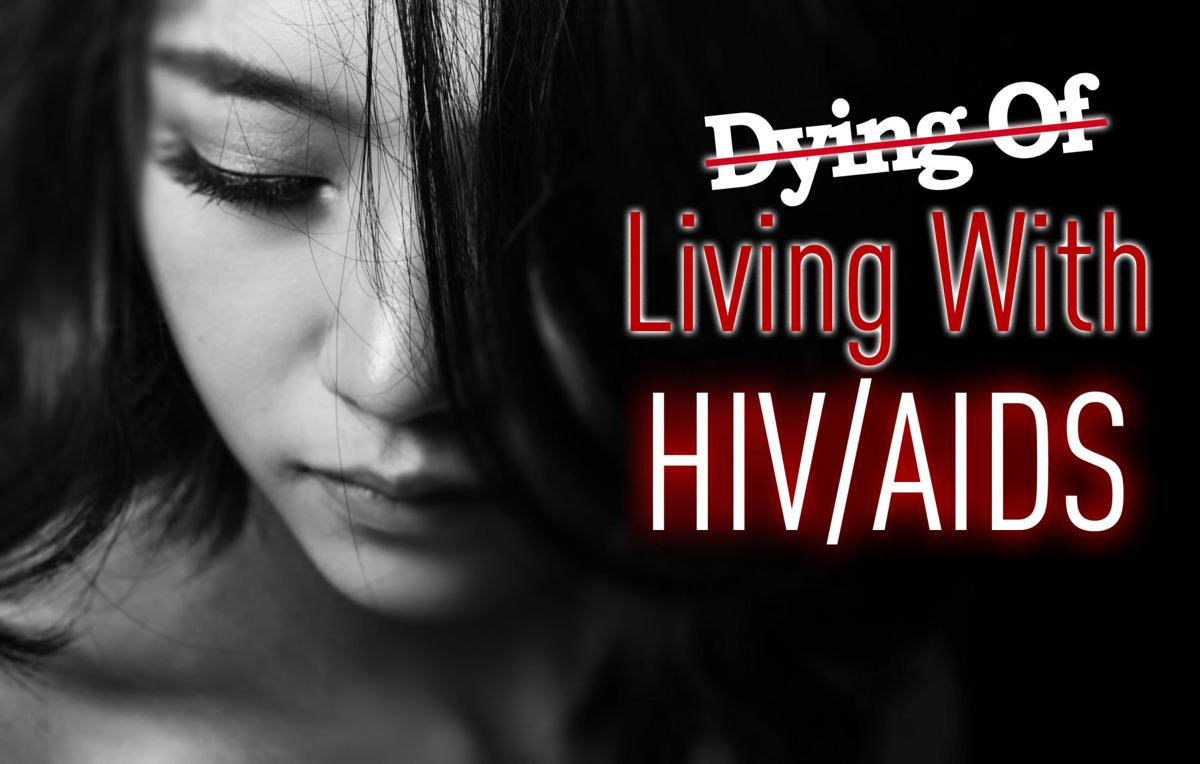HIV/AIDS: The Basics
HIV, or Human Immunodeficiency Virus, weakens your immune system by destroying important cells that fight disease and infection. Over time, HIV can destroy so many of your T-cells or CD4 cells, a key part of your immune system, that your body can’t fight infections and disease anymore. When this happens, HIV infection can lead to AIDS.
AIDS, or Acquired Immunodeficiency Syndrome, is a complex illness with a wide range of complications and symptoms. AIDS is the final stage of HIV. When individuals reach this stage, they are at high risk for opportunistic infections due to their badly damaged immune system.
HIV Transmission
HIV is found in specific human body fluids. You can be infected with HIV if any of the following fluids enter your body:
- Blood
- Semen cum
- Pre-seminal fluid pre-cum
- Breast milk
- Vaginal fluids
- Rectal anal mucous
Other body fluids and waste products—like feces, nasal fluids, saliva, sweat, tears, urine, or vomit—don’t contain enough HIV to infect you, unless they have blood mixed in them and you have significant and direct contact with them.
There are very specific ways that HIV can be transmitted through body fluids.
- During sexual contact. You can contract HIV through anal, oral, or vaginal sex. During sexual contact, you have contact with your partner’s body fluids, which can deliver the virus into your bloodstream through microscopic breaks or rips in the linings of the vagina, vulva, penis, rectum, or mouth.
- During pregnancy, childbirth, or breastfeeding. Babies can contract HIV through the contact they have with their mother’s body fluids—including amniotic fluids and blood—through pregnancy and childbirth. Infants can also get HIV from drinking infected breast milk.
- As a result of injection drug use. Needles or drugs that are contaminated with HIV-infected blood can deliver the virus directly into your body.
- As a result of occupational exposure. Healthcare workers have the greatest risk for this type of HIV transmission because they may come in contact with infected blood or other fluids through needle sticks or cuts.
- As a result of blood transfusion with infected blood or an organ transplant from an infected donor. This method of transmission is extremely rare in the United States due to screening requirements.
Signs and Symptoms
Many people who are HIV positive do not have symptoms of HIV infection. The virus can sometimes cause people to feel sick, but most of the severe symptoms and illnesses of HIV come from the opportunistic infections that attack the damaged immune system. It is also important to recognize that some symptoms of HIV are similar to common illnesses, such as the flu or respiratory infections.
Signs and symptoms commonly seen in the early stages of HIV include:
- Fever
- Chills
- Rash
- Night sweats
- Muscle aches
- Sore throat
- Fatigue
- Swollen lymph nodes
- Ulcers in the mouth
Infected individuals can have the virus for up to 10 years—sometimes longer—without showing signs or symptoms.
HIV/AIDS Prevention
Reducing your sexual risk is one way to prevent the transmission of HIV. You can reduce your risk by:
- Practicing abstinence. If you have no sexual contact with another individual, you are 100 percent protected from contracting HIV through anal, oral, or vaginal sex—which are the main ways that HIV is transmitted.
- Practicing safer sex. Safer sex is being informed on sexual health and healthy relationships. It also includes talking to your partner about your interest, boundaries, and HIV status. Safer sex means you are taking extra precautions to protect yourself and your partner from sexually transmitted infections STIs, HIV, and unplanned pregnancy. To reduce your risk of contracting HIV or other STIs, you should use a barrier method i.e., male/female condom or dental dam every time you engage in anal, oral, or vaginal sex. Latex condoms are very effective against HIV. Lambskin condoms will not protect you from HIV, because the virus is small enough to slip through the lambskin. You should always use a water-based lubricant when you use a condom for anal or vaginal sex to help keep the condom from breaking.
- Getting tested . You should know your status—both for your health and the health of your partner. It is also imperative that you know your partners status prior to engaging in sexual activity. This conversation can be difficult or uncomfortable for some, but it can be as simple as saying: “When is the last time that you were tested for HIV,” or “... you don’t know your HIV status? We can go get tested together before we move into a sexual relationship.”
- Being monogamous. Monogamy means being in a sexual relationship with only one person and you both are having sex only with each other. Having one sexual partner greatly reduces your risk of contracting HIV, assuming neither of you are already infected with HIV.


